Disclosure: some of the links below may be affiliate links. This means I get paid a commission (with no extra cost to you) if you use that link to make a purchase. However, my views and recommendations are my own personal opinion.
Introduction
In this DataCamp review, I will give you all the information you need to decide whether DataCamp is worth it for you.
Included is an overview of what DataCamp is, how much it costs, what you get for your money and my experience with DataCamp. This information may be useful to those who are considering DataCamp to learn a new programming language.
What is DataCamp?
DataCamp is a freemium, interactive, online platform where users can learn data science and programming languages, such as R and Python.
Since it began in 2014, DataCamp has grown to be one of the largest data science educational platforms with over 4 million users and >250 courses available.
Users learn by undertaking online courses to build up their data science knowledge. Once accomplished, you can then deepen your understanding with various practice activities. Finally, DataCamp provides various projects to give you hands-on experience at solving real-world problems.
DataCamp June 2021 promotion
Right now, until June 24th 2021, you can save 33% off the value of an annual subscription.
To get this offer, click here.
DataCamp pricing: How much does it cost?
Let me begin this DataCamp review by going straight into the elephant in the room – the cost of the platform.
DataCamp has three price plans available for individuals: Premium, Basic and Free.
Premium – $49 or $33.25 per month
If you pay monthly, the price is slightly higher ($49 per month) compared with the yearly subscription plan ($33.25 per month). If you pay yearly, then you will save $189 over the 12-months in comparison to the monthly billing option.
Standard – $29 or $25 per month
If you pay monthly, the Standard plan will cost you $29 per month ($348 per year). If you pay yearly, the Basic plan is a reduced price of $25 per month ($300 per year) – saving you $48 compared with the monthly plan.
DataCamp various promotions on their subscription plans now and again. Sales often include 50% off the annual price, which is totally worth it! I always post DataCamp’s latest offers here when they go live.
Free – $0 per month
As the name suggests, the Free plan can be used without any cost. Anyone can create a DataCamp account for free. This will simply give you a flavour of what the platform is all about but is rather limited in features.
How can you pay for DataCamp?
There are two ways to pay for a DataCamp account: PayPal and credit card.
What do you get for your money?
Below is a breakdown of the features included in the DataCamp price plans. This information is correct as of 4th June 2021.
| Premium | Standard | Free | |
|---|---|---|---|
| Courses | 335+ | 335+ | All first chapters |
| Skill tracks | 50+ | 50+ | 0 |
| Career tracks | 14 | 14 | 0 |
| Projects | 80+ | 7 | 7 |
| Community chat | ✔ | ✔ | ✖ |
| Practice challenges | Unlimited | Unlimited | 3 sets |
| Priority support | ✔ | ✖ | ✖ |
| Mobile app support | ✔ | ✔ | ✔ |
For the Free members, you can only get access to the first chapter of each course. Previously, DataCamp offered completely free courses to undertake on their Free plan; however, unfortunately, the
Despite this limitation, the Free plan does give you a feel for the platform without spending a penny. It’s always worth trying before you buy!
The Standard plan is DataCamp’s most popular plan that gives you access to everything on the Free plan, as well as full access to the DataCamp course library – over 335 courses to date!
The Premium plan includes everything in the Standard plan plus over 80 projects and priority support.
How does DataCamp work?
DataCamp is split into three main areas: learn, practice and projects.
Learning
You start off by selecting the programming language you would like to learn. This can be done by browsing their catalogue of over 335 courses or by selecting a skill track.
Skill tracks are a set of related courses that DataCamp recommends. For example, their Importing & Cleaning Data with R track contains 4 courses that are all focussed on just data parsing.
Most courses contain a mixture of videos and coding exercises.
The videos are a nice touch to introduce the course content and the concepts involved. They can be viewed in full-screen and even downloaded to your device. The captions settings also worked well, in my experience, so you can watch them without the sound.
The main attraction for using DataCamp is their interactive platform. This is very much a learning by doing approach and I love it.
Below is a screenshot of the DataCamp interface for one of their R courses. I have highlighted key regions of the interface that are described in more detail below.
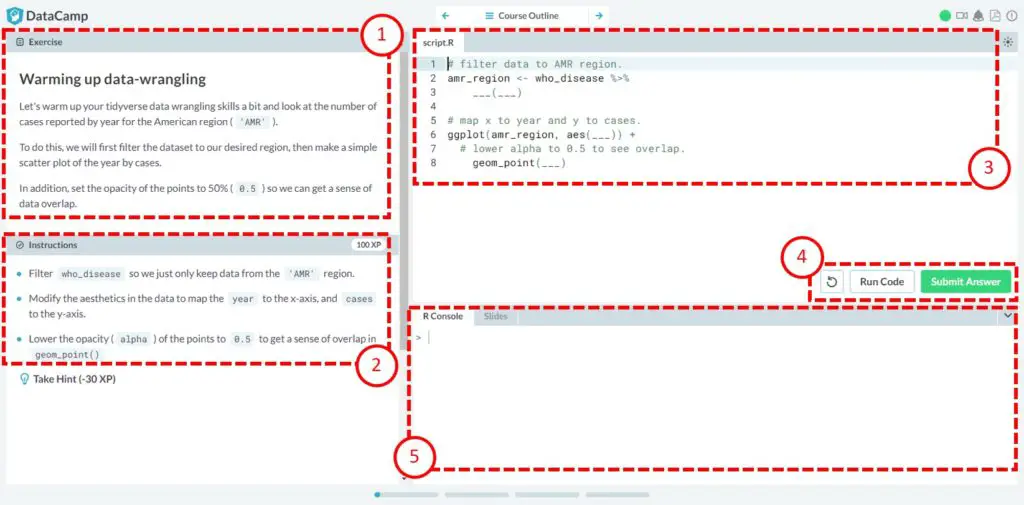
1. Exercise window
Here you will find a brief overview of the exercise. Usually, this includes a description of the dataset that may relate to a prior video.
2. Instructions window
Underneath the Exercise window you will find the instructions to perform. These are quite self-explanatory. All instructions are to be performed in the script window on the right.
Along the learning journey, you will pick up XP after completing videos and exercises. Strangely, XP in DataCamp doesn’t actually count towards anything; it is simply a measure of how well you are engaging with the platform.

A feature I would love to see is the ability to spend XP – like a currency – on exclusive access to additional course content, for example. This would add an extra incentive for me to learn more and get more XP.
Another useful feature that I like in the Instructions window is the Take Hint button. You will probably use this a lot when you start learning new programming languages. By sacrificing some XP points you will be provided with a hint to help you through the exercise.
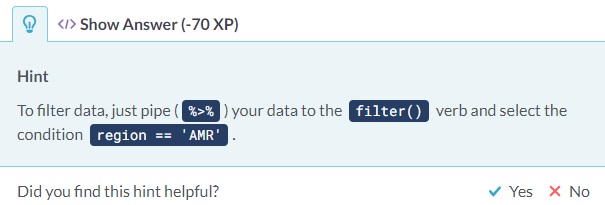
If you are really struggling, you can go one step further and show the final answer. Note, if you do this, you will no longer receive XP points for the exercise.
3. Script window
In the example
In the Script window you enter the answers to the instructions. Most of the time these scripts are partly filled for you so you’re not on your own.
4. Submit buttons
Once you have completed the script, you can then either run the code or submit your answer. It’s always best to run the code before submitting the script to test if it actually works.
5. Console
The console is where the script is processed and the output is displayed. More importantly, this is where any errors are displayed!
Finally, once you finish a course, you will be rewarded with a certificate or Statement of Accomplishment. This is a nice touch, if you like that sort of thing, maybe to include in your LinkedIn profile or portfolio.
Practice
Once the course is complete, you can then practice your programming language through daily tasks. This is something I really like.
I wouldn’t consider myself a devoted coder and so having the ability to practice programming on a daily basis reinforces my learning.
Did you know?
There is an official DataCamp app for Android and iOS so you can practice on the go! This is rather limited on the Free plan however.
The app works well for practical tasks. These are mainly multiple-choice questions and fill in the blanks. I found it useful when I had a spare few minutes waiting for the train to keep my mind fresh with R.
Projects
If you want to go one step further, DataCamp also has a number of projects that you can sink your knowledgeable teeth into.
Projects gives you a sense of handling large datasets to solve problems. These are more advanced than the course content and practical tasks.
Have you ever wanted to perform a network analysis of the characters from Game of Thrones in Python? Or wanted to understand what makes a Pokemon legendary by using R? These are just a few examples of the projects you can complete with DataCamp.
Projects make learning data science fun. Most are delivered via Jupyter notebooks – an open-source online platform to share and store code. This works quite well, however, I found it difficult at first to understand what to do.
If you’re going to dive into DataCamp projects, I recommend you take their introductory projects that will explain how to go about completing them.
Paid members get access to the Slack community
Premium and Standard DataCamp members also get access to the Slack group. At the time of this review, there were over 23,000 members who were in the Slack group!
If you don’t know what Slack is, think of it as a cross between a private Facebook group and a forum.
In the Slack
- Feedback
- General Python
- General R
- General SQL
- Introductions
- Jobs
A perfect example of how the Slack community works can be seen in the screenshot below. Here, a member said they got an error in Python and posted their code. Then within 6 minutes, a different user replied with the correct code that seemed to work!
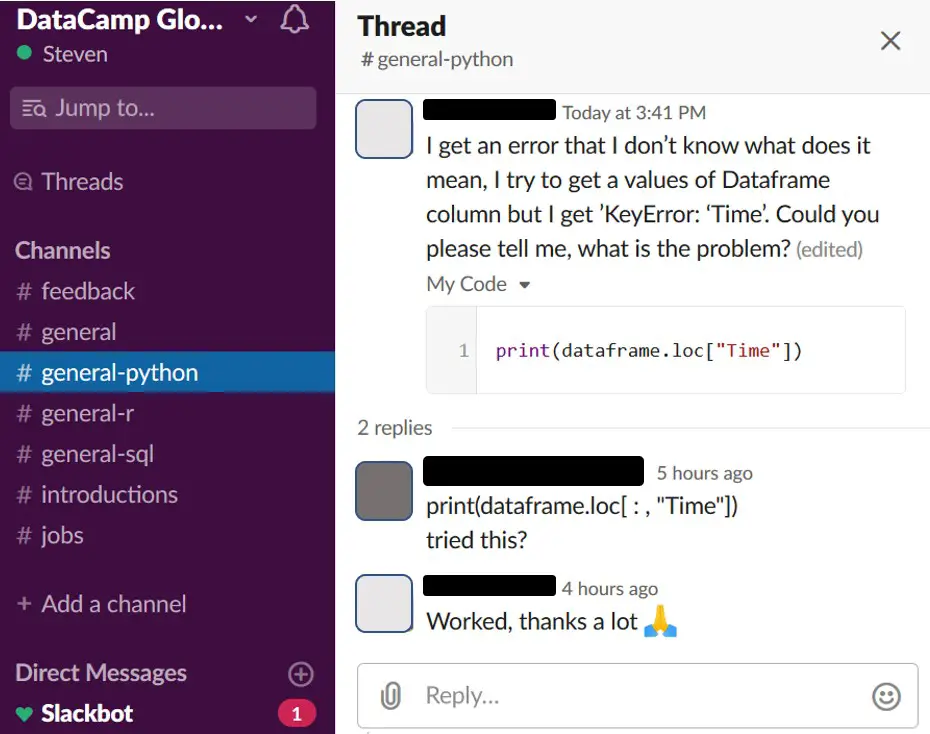
Will you become a programming expert with DataCamp?
The short answer is probably not.
DataCamp is excellent for those with little or no programming experience. It is one of the best places to begin your data science journey.
I managed to learn the basic functionalities for R just by using their R courses. This was enough to get me going and I supplemented my learning by using R for work that I was interested in, for example, performing meta-analyses in R.
This experience helped me to understand the R documents that come with packages. Over time, I have become more confident with programming and this initial understanding was made easier by DataCamp, I felt anyway.
Learning progamming is like learning a new language. It comes with a lot of time and practice. So don’t expect DataCamp to be a quick fix; but, it will take you through the baby steps to get you going.
The smart way to benefit from a paid membership
The best (and smart) way to get the most out of a paid DataCamp membership is to take as many courses as possible. The more courses you take, the cheaper the membership works out per course undertaken.
For example, say you completed 1 course a week on DataCamp – which is completely realistic – each course will cost $7.67 (based on an annual subscription of the Premium plan). That is considerably cheaper than alternative e-learning platforms, such as Udemy.
I suggest creating a Free account and undertaking the first chapter of each course you wish to complete. This will also give you a feel for how DataCamp works and if the platform is right for your learning experience.
Then, when you have built up a list of courses you like the look of, sign up for a monthly-billed Premium or Standard plan and finish off the rest of the chapters in each course.
Once you have finished the courses, you are then free to cancel your subscription.
What I like and don’t like about DataCamp
Having used DataCamp for some years on-and-off, I have encountered some likes and dislikes on their membership plans.
I have summarised my own views below.
What I like
? The interactive interface
? New courses are added weekly
? An established community (Slack)
? Certificate for course completion
What I dislike
? XP has no value
? Mobile app is restricted
DataCamp review: Is it worth paying for?
To finish off this DataCamp review, let’s revisit the main question: it is worth paying for DataCamp?
I believe so, yes!
However, deciding between the Premium and Basic membership plans will undoubtedly depend on your personal circumstances.
To help make the decision easier, I have summed up the people each plan will most likely benefit.
Standard
- Casual coders/programmers, e.g. students
- Those with little upfront funds
Premium
- Frequent coders/programmers
- Professionals
- Those with adequate upfront funds
- Have more time to learn
I hope this DataCamp review has been useful for those thinking about joining their platform.
Let me know in the comments below your thoughts on DataCamp and if it has helped you.

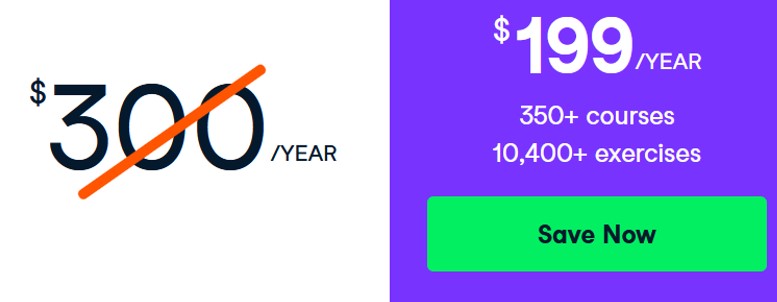
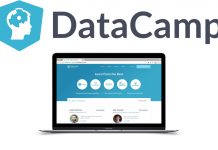
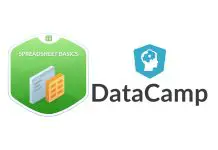
Hi, Steven so here is what I am trying to do. First I will buy the premium membership and complete courses and then go on completing advanced courses on Udacity like the nano degrees. Is it the right approach?
Hi Faizan,
That sounds like a good approach to me.
I suggest to take advantage of as many learning materials as possible 🙂
All the best
Steven
Hi Steven
Thanks for your review, it was very informative and helpful to me as a beginner; someone who is just trying to get into the field.
Do you have any thoughts about Udacity Nanodegrees vs Data Camp? I don’t think Data Camp has any mentors or someone to give feedback for projects that are done? Is that a drawback?
Thanks so much!
Hi Nida,
Many thanks for your comment. So for me, I have never used Udacity. That is true, there is no one-on-one in DataCamp. Members to their paid plan do get access to the Slack group, where you can ask questions to fellow members.
You could try a few introductory chapters on DataCamp on their free plan to learn some basics and then try out Udacity Nanodegrees if you want dedicated one-on-one support?
Good luck with your studies,
Steven